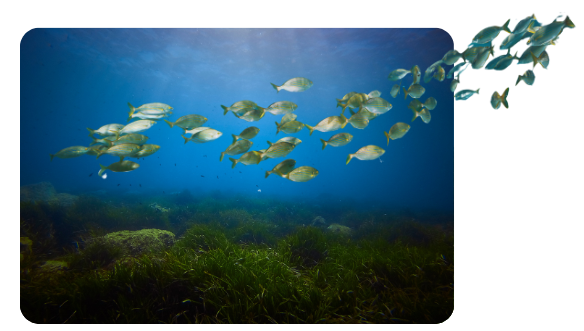Project
Is bacterial DMS consumption dependent on methylamines in marine waters?

Project Start: May 2018 | Project End: April 2021
Project Funder: NERC
Principal Investigator: Dr Joanna L Dixon
Other Participants: Dr Frances Hopkins, Dr Luca Polimene, Dr Rachael Beale, Dr Ruth Airs, Oban Jones, Rebecca May
Dimethylsulfide (DMS) is a key ingredient in the cocktail of gases that makes up the ‘smell of the sea’. Around 300 million tons of DMS are formed each year by single-celled organisms in the surface ocean.
A small proportion (up to 16%) of this DMS is released into the atmosphere, forming cloud-seeding compounds which can influence our weather and climate. When it rains, sulfur compounds are deposited back into the soils of our continents. However, most of the DMS formed in the oceans stays there, facing consumption by marine microbes and conversion to another sulfur compound – dimethylsulfoxide (DMSO). DMSO is usually the most abundant organic sulfur compound in the oceans and represents a major pool of the essential life elements sulfur and carbon.
Seawater contains a rich mixture of important chemical nutrients that support the entire oceanic food web. The dissolved organic nitrogen pool is a chemical ‘drive thru’ which contains the highly reactive N-osmolytes: glycine betaine, choline and trimethylamine N-oxide. These chemicals are used by microorganisms to protect them from changes in their environmental conditions, such as variability in the saltiness of the surrounding seawater, and to protect their cells from chemical or physical damage. When N-osmolytes breakdown they can release gases such as methylamines into the atmosphere which can influence the climate.
This project will study the microbial processes linking the organic sulfur and nitrogen cycles in the English Channel at a station that is sampled weekly as part of the Western Channel Observatory. This temperate coastal region will then be compared to one of the Earth’s DMS hotspots – the Southern Ocean. The atmosphere above this remote and isolated ocean is pristine in comparison to the heavily polluted air of the Northern Hemisphere. Here, the connection between DMS produced in the oceans and our climate is thought to be the strongest. Given the important role of DMS, identifying the role of marine microorganisms and the pathways of DMS removal from seawater will provide key information that will improve our future understanding of how the sulfur cycle influences our climate.
